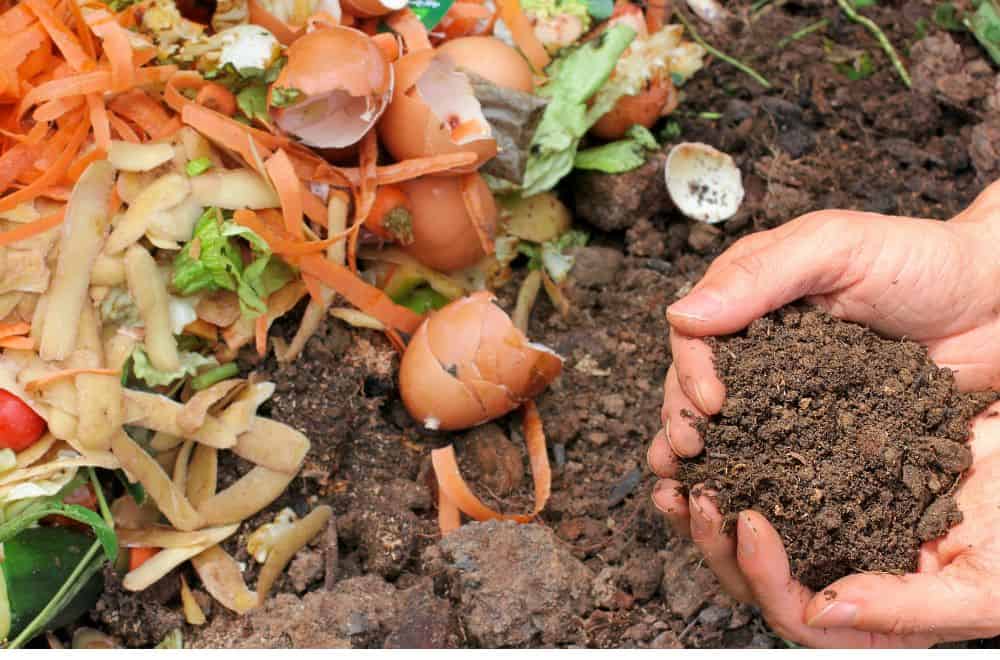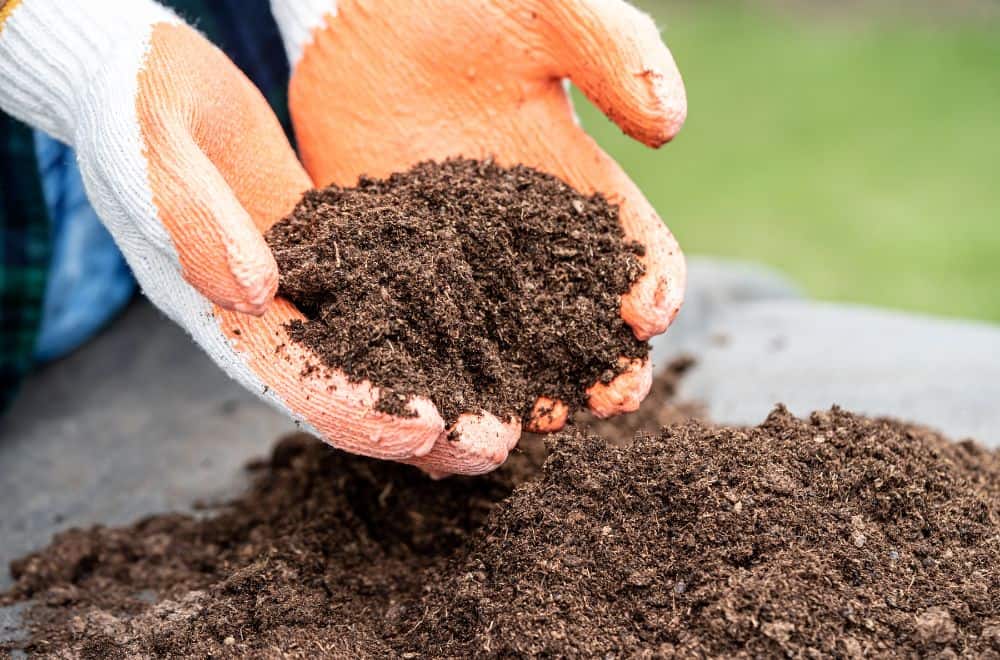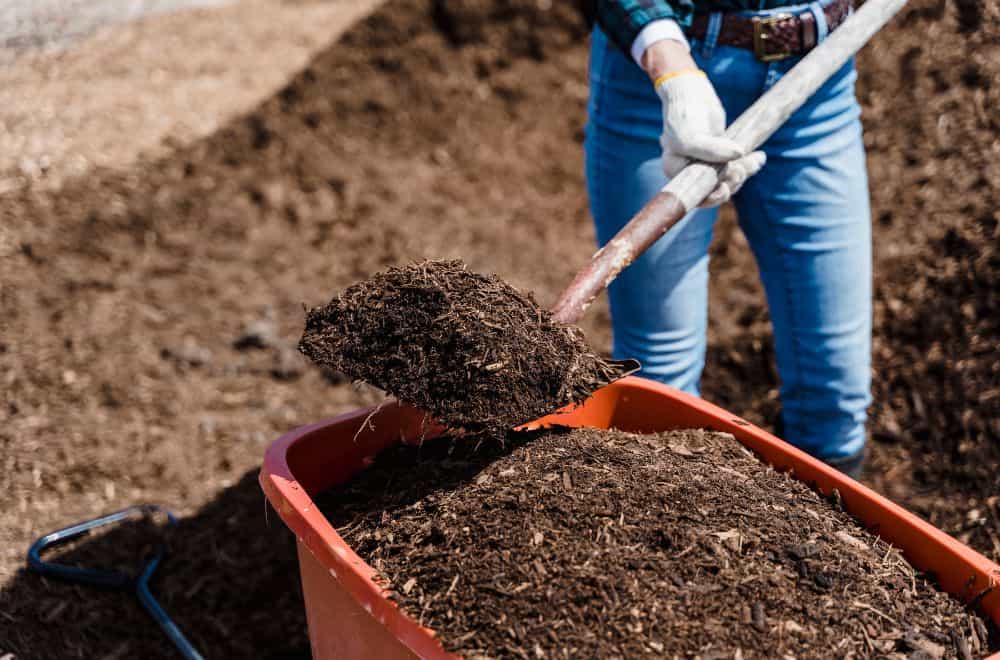Whether you are a novice gardener or an experienced farmer, you will have to make various decisions about tending your plants. One of the most common decisions that you will have to make is compost vs peat moss for your growing needs.
Each contender has its own dedicated followers, but there are specific uses for both, and even cases to blend the two for best results.
Compost Overview

Officially, composting techniques have been in use since the beginning of time. The most natural way to fertilize soil is to add decomposing organic matter. This technique offers a totally natural way to replenish nutrients in topsoil and beyond.
Since it takes several years for topsoil to replenish itself naturally, farmers and gardeners learned practically through instinct to help the ground produce viable crops time after time.
Today, compost options have a repackaged modern appeal. Homes, small businesses, corporations, and even communities have banded together to promote regular composting efforts. Composting bins are readily available in rather unusual places today thanks to the efforts of environmental awareness activists.
Composting in the home requires only a small bin where food scraps (sorry, Fido!) are dumped, preferably either shredded or chopped first. Intermittently, a thin layer of soil is added to the mixture and then water is added to help the process move more smoothly and more quickly. Compost materials are not able to absorb much water at once, so it is necessary to add slowly and over a period of several weeks. Otherwise, the whole concoction could turn to a smelly mush. The matter should be moist, but not watery. Remember that the process of decaying matter slowly produces its own liquids.
This version of composting is done in a contained atmosphere, which differs from the age where farmers simply threw potato peelings in the garden or let the pigs digest food scraps and then spread the manure byproducts over their growing fields. However, the end result is essentially the same. Nutrients are transferred from the decaying organic matter and converted into usable soil. When the soil is fully charged, it is considered to have absorbed the full potential of nitrogen and other essential growing minerals found in healthy soil.
Peat Moss Overview

Peat moss can effectively be used as a growth starter for plants, flowers, fruits, and vegetables. In fact, peat moss is even considered acceptable for organic farming requirements. It is commonly used for starting seedlings in a greenhouse setting and is considered an effective choice for household plants because of the safety of the ingredient mix. Peat moss is able to absorb water quickly and efficiently store it until it is needed. This is ideal for outside uses in regions that receive large amounts of rainwater. Household use also benefits from this feature because plants can be watered once per week or even less if a healthy dose is given.
Most peat moss mixtures are composed of a base made of decomposed sphagnum moss. This, along with other organic materials and mosses are blended together and generally sifted prior to packaging for resale. Depending on the ingredients used in a particular mixture, peat moss will have a rough texture ranging from clumpy dirt to something that closely resembles chopped up tree bark. In essence, that is not a description that is too far off the mark.
Peat moss has an odor of organic matter, but is no more or less offensive than a compost bin with the lid open. Peat moss is safe to use indoors or outdoors and is not harmful to animals or humans. Peat moss is much more readily available than composting matter, which can take weeks or even months to be ready to spread over the growing fields.
Alternatives To Soil Treatment Efforts
Combinations of both peat moss and compost material have shown positive results for many growers who seek the best outcome for their crops. This method provides the benefits of both products.
- The convenience of Peat Moss Availability
- Low Cost Of Natural Home Composting
- Multiple Home And Outdoor Uses of Both
In addition to compost and peat moss, there are other methods for treating plants in the hope of reaching a full harvest. Some experienced farmers still rely on the fallow field theory which requires a periodic rest, usually once every seven years, for the land to replenish itself. The thought behind this theory is that the earth knows how to give and how to receive, and must take time for both.
By deliberately not planting in a particular area in a given year, farmers are showing respect to the land and allowing it time to regenerate the required nutrients for the next planting. During the fallow year, farmers or gardeners may choose to apply treatments such as organic materials or other additives to ensure a healthy layer of topsoil for the next planting season.
Field or soil aeration is also a popular and easy method for encouraging plant growth. In this instance, a special device, such as a mini tiller is used to turn the topsoil over in rows, exposing the nutrients that lie just under the surface. The used layer of soil is turned under the ground, where it can begin the regeneration process while not disturbing the newly planted crops.
The home version of aerating the soil can be duplicated with something as simple as a common kitchen fork. By dragging the fork through the top layer of dirt or potting soil, gardeners are able to push the dry and contaminated layer and produce the freshest, healthiest dirt for maximum nutrient absorption.
Conclusion
After reviewing this information, you should feel comfortable making the right decision for your gardening needs. Of course, the compost vs peat moss debate is only one of the concerns you will face when willing your crops to grow into healthy stocks, but is one of the main factors that will affect the outcome of your harvest.

Leave a comment